A Series of Rooms
Prompt Against Anxiety #5 | from Woodland Pattern Executive Director Laura Solomon

Last week, our prompt referenced “the war against the imagination.” This week, we remind you of an additional tool at your disposal in that never-ending fight. This 3-day series of activities asks you to consider the resources that may be available to you via memory. Specifically, we are inviting you to discover shelter and mental space by revisiting rooms from your past that now exist as interiors within yourself.
Day 1: Finding a Place or Places to Begin
Before getting started, take a few minutes to acknowledge the sheer number of rooms you have occupied whether at length or briefly over the course of your life. Take inventory of these spaces by envisioning yourself passing through as many as possible: all the kitchens, bathrooms, living rooms, bedrooms, basements, and attics of places you have lived; all the rooms you have visited in the homes of family members, friends, partners, neighbors, colleagues, and acquaintances; hotel rooms, hospital rooms, dormitories, hostels, tents, and other spaces that have housed you even if only temporarily; all the rooms in which you have ever labored—offices, factories, call centers, classrooms, studios, etc.; all the public spaces you have ever entered—shops, restaurants, movie theaters, libraries, churches, bars, and gas stations.
Now, list every space as it appears in your mind. If helpful, try using your phone or other device as an audio recorder so that you can capture as many memories as possible, as quickly as possible. Don’t be afraid of the speed of your mind—if the memory of one place is interrupted by the memory of another, keep moving and know you can return to the previous room later. What is important right now is to allow your mind the freedom to go wherever it’s inclined. Do this for at least 5 minutes.
Play back your recording or look at your list. Delve into each space one at a time, recording its specific details. Record or write down everything your memory can see, hear, taste, smell, and touch in each space. Do not be concerned with time, only with space. For instance, you may hear sounds in the same room that reflect different periods of your life. Allow all moments experienced in a single space to co-exist together. Spend at least 5 minutes on each space, and then let your mind rest for at least 24 hours.
Day 2: Comparing Then & Now
As many have noted, “sheltering in place” means something different for each of us, but for many of us it is a challenge. These challenges vary in the extreme. Some of us are fortunate to have the physical and psychological protection we need, and the privilege to take shelter there. Some of us, however, may be experiencing housing insecurity or inhabiting rooms that have been made unsafe by a partner. Many of us may also be working in spaces that put our lives and the lives of our family members at risk. Before returning to yesterday’s memory work, take 5 to 10 minutes to write freely about your current environment(s), whatever they may be.
Next, return to your writings or recordings. Without judgment, notice which rooms from your past presented themselves to you most starkly or forcefully and continue expanding on any new details that come to you. Take at least 10 minutes and do not cross out or delete anything from yesterday.
Now look closely at the specific language describing rooms past and present. Take note of any repeated words and observe any other patterns or connections that emerge—a person, a type of room or space, an activity, a feeling. Also ask yourself: What similarities and differences exist among these spaces and your present environment? Ponder too the breadth of rooms you have inhabited and what these spaces have contributed to your present sense of self. Write for an additional 10-30 minutes.
Day 3: Drafting Your Series
If you’ve completed the preliminary work, there are now numerous new “places” to go that live between memory, documentation, and imagination. You might for instance develop a series of short essays, narratives, or lyrical poems that re-inhabit, transpose, or transform the rooms entirely. Here is one idea: Using the raw material you have collected, select 3-5 rooms connected via emerging patterns or themes to create a series of room portraits that might ultimately serve as a self-portrait. Before starting, it may be helpful for you to choose at least one constraint from each of the following categories:
- Formal rules: Choose a form such as haiku, sonnet, or sestina to work within; choose a word, syllable, or line count to adhere to; enact other formal rules that suit your purposes (for instance, in order to further illuminate the connections among the rooms and within yourself, you might choose to repeat a certain word throughout the series or to begin each new room portrait with the last line of the one previous to it).
- Rules about content: Create rules related to the pattern(s) you’ve noticed. For example, each portrait must include a person’s name; a date or year; a reference to the color of the room’s walls; can only reference sound, smell, or touch; or must purposefully exclude the pronoun "I," etc. Let your patterns be your guide in selecting one or more constraints of this type.

For a second, third, or fourth go at these spaces, continue to ask questions about the rooms of your past and present and about the contrasting emotional/psychological spaces they occupy within you. You might also try re-approaching the rooms by using a different set of constraints and then recombining your drafts. And if you find this exercise particularly generative, keep going and develop your project further, including more rooms, themes, and memories.
More from this series
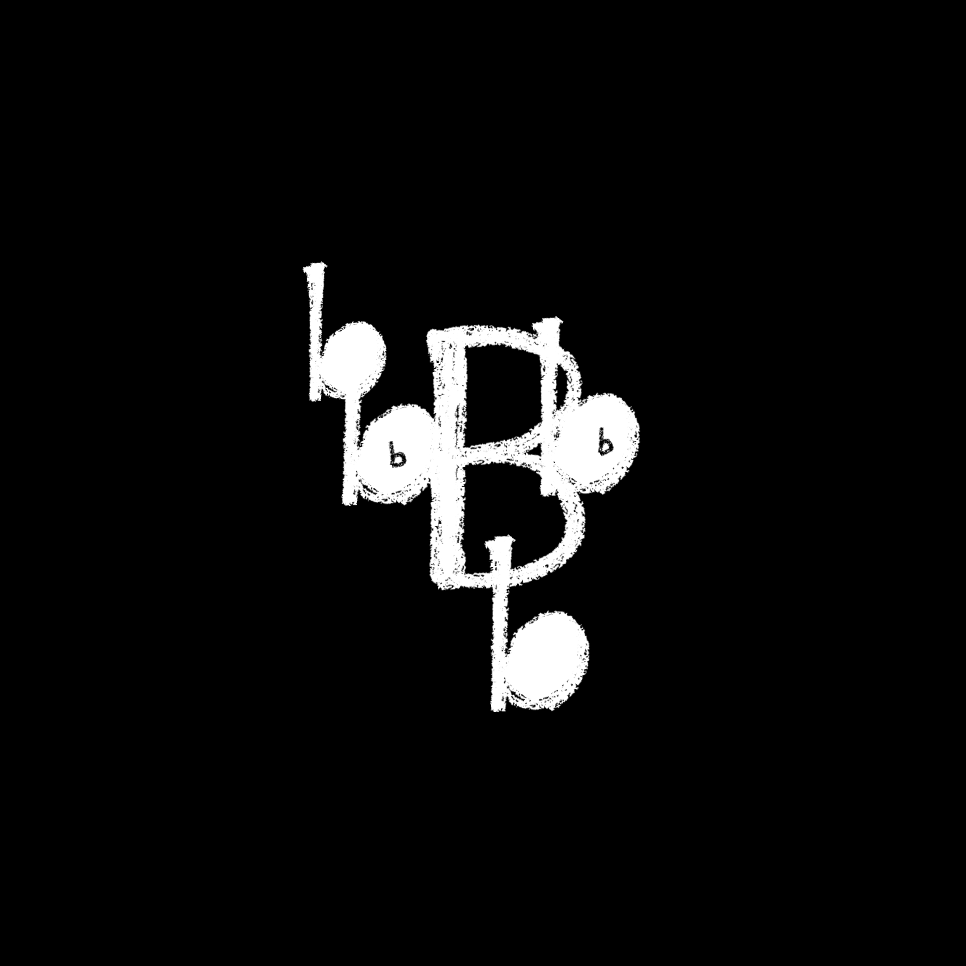
The Word was in the beginning but it is made of letters.Prompt #40—giovanni singleton

Write in NaturePrompt #39—Oogie Push
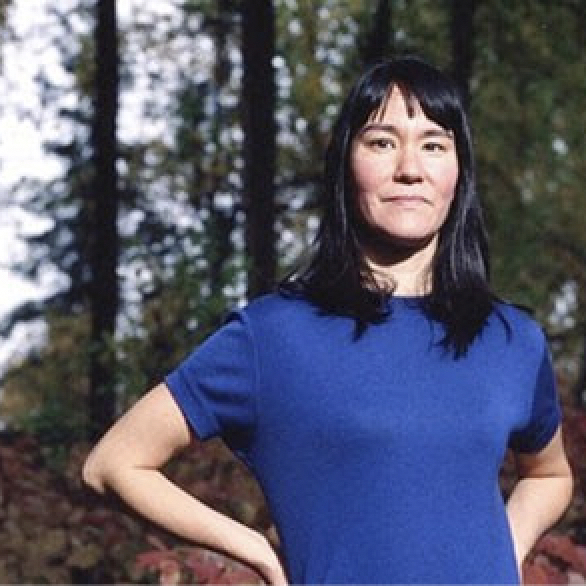
Real FoodPrompt #38—Joan Kane
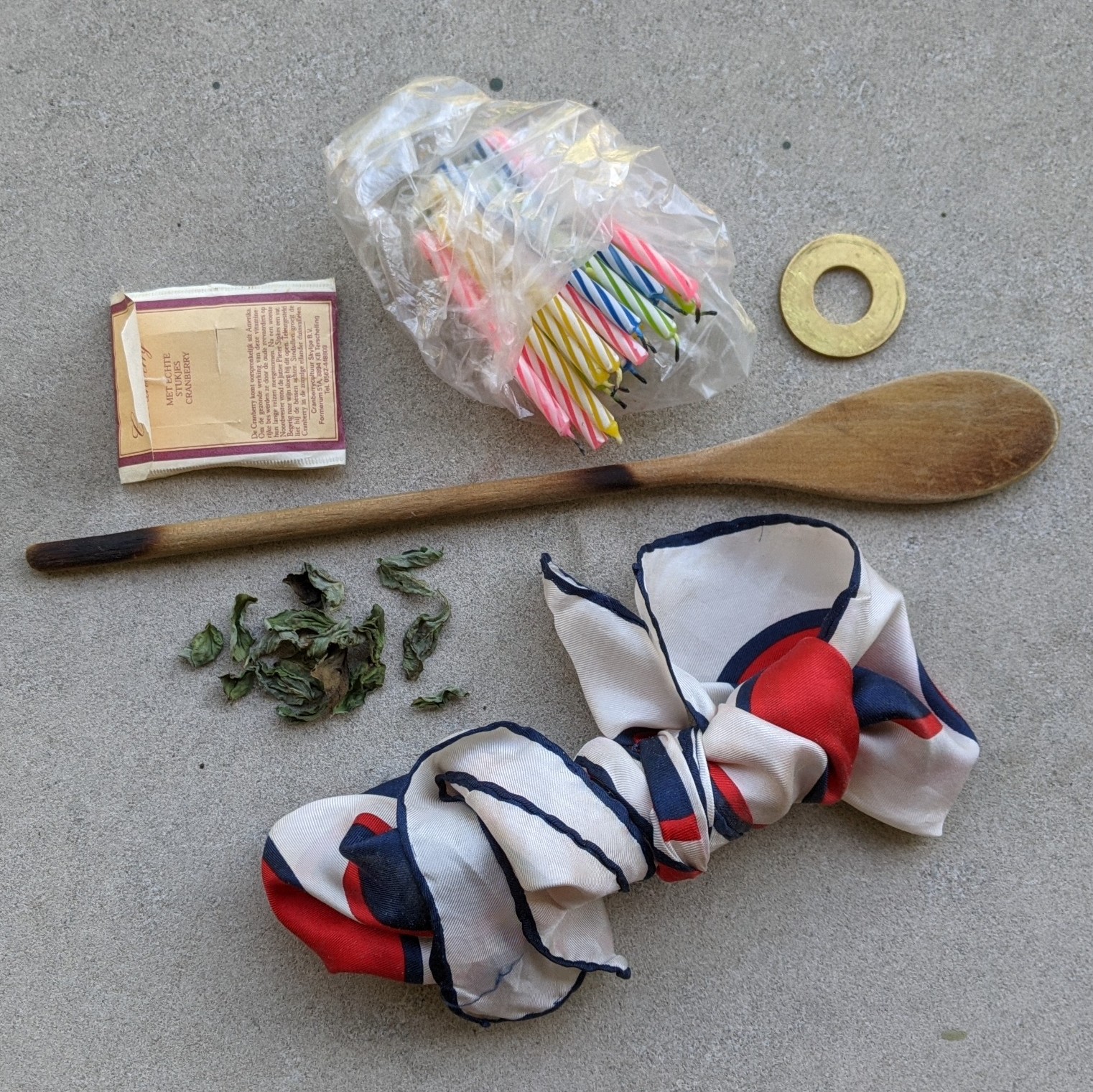
You Don't Need Proust to Smell GoodPrompt #37—Elizabeth Hoover
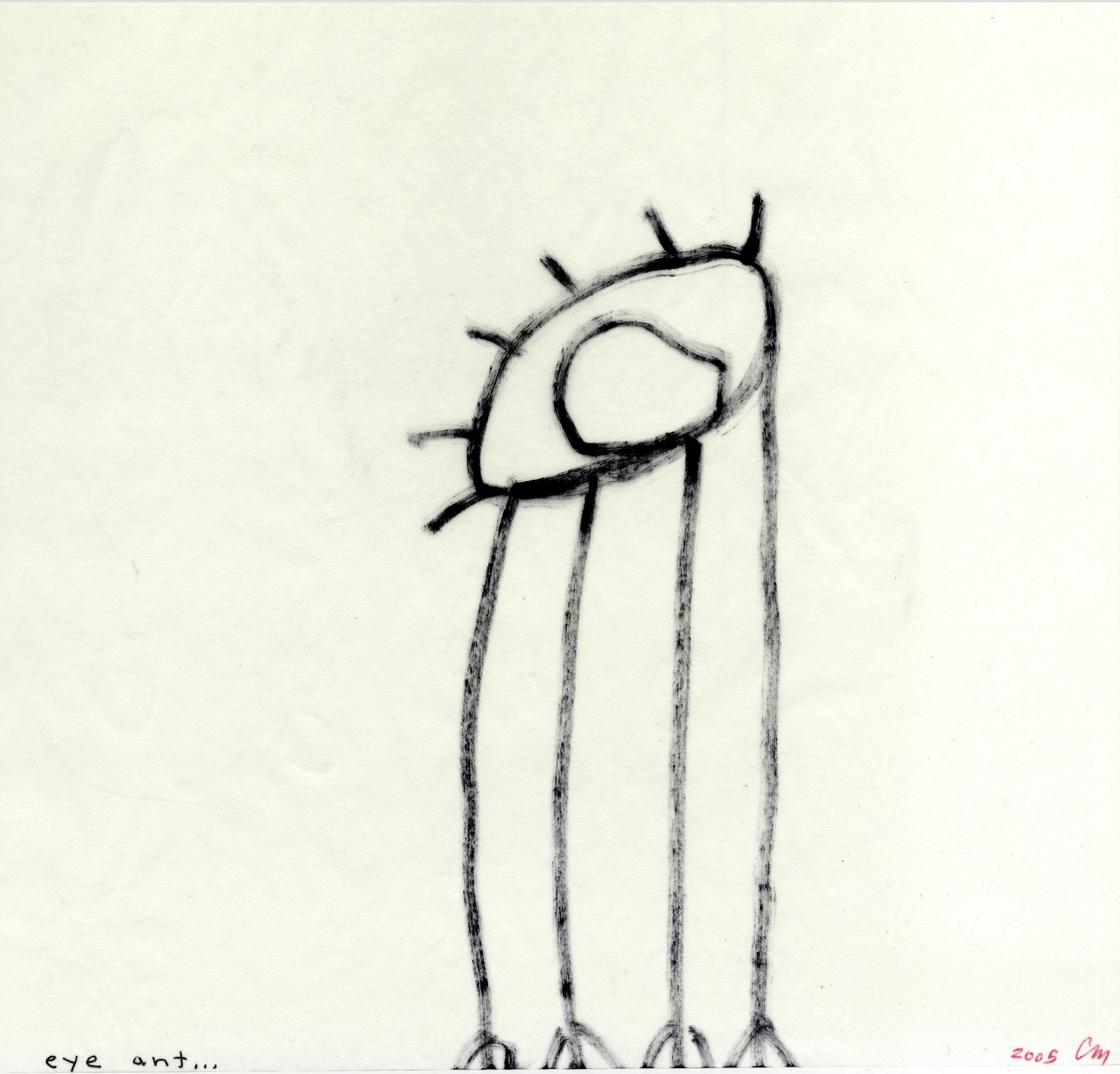
Find Your Own FormPrompt #36—Sawako Nakayasu

Tarot Recall: A Visionary Exercise for the PresentPrompt #35—Laurence Ross

Queers in Love at the End of the WorldPrompt #34—CJ Scruton
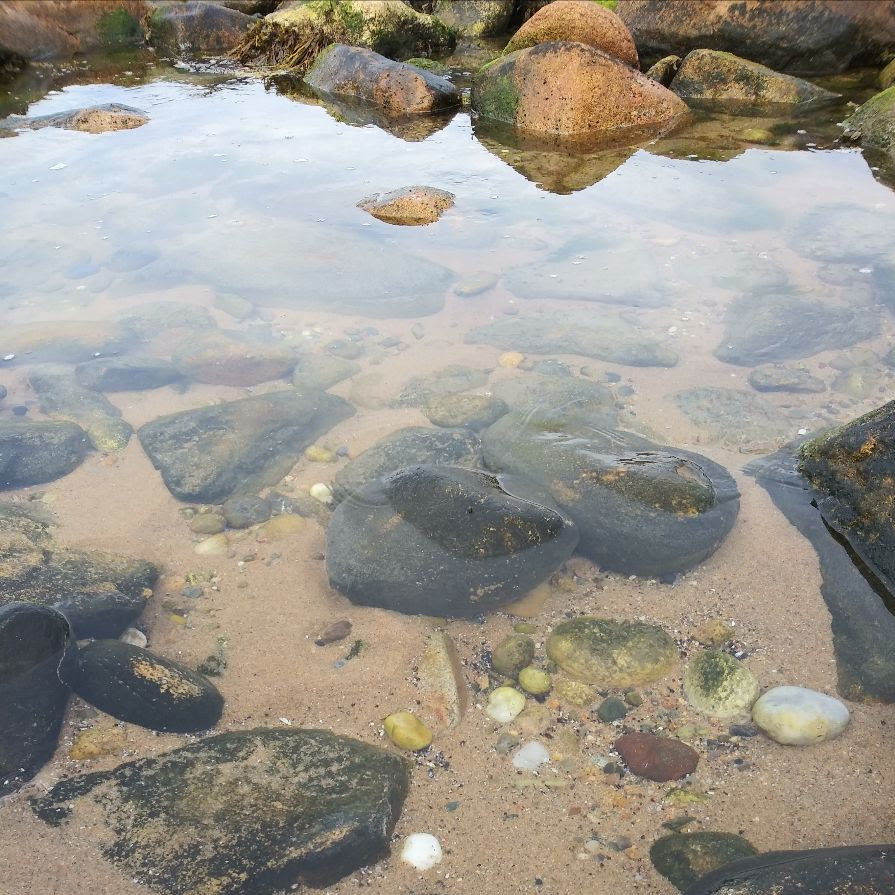
WORKBOOK FOR CHANGE: TWO PROMPTSPrompt #33—Kate Schapira
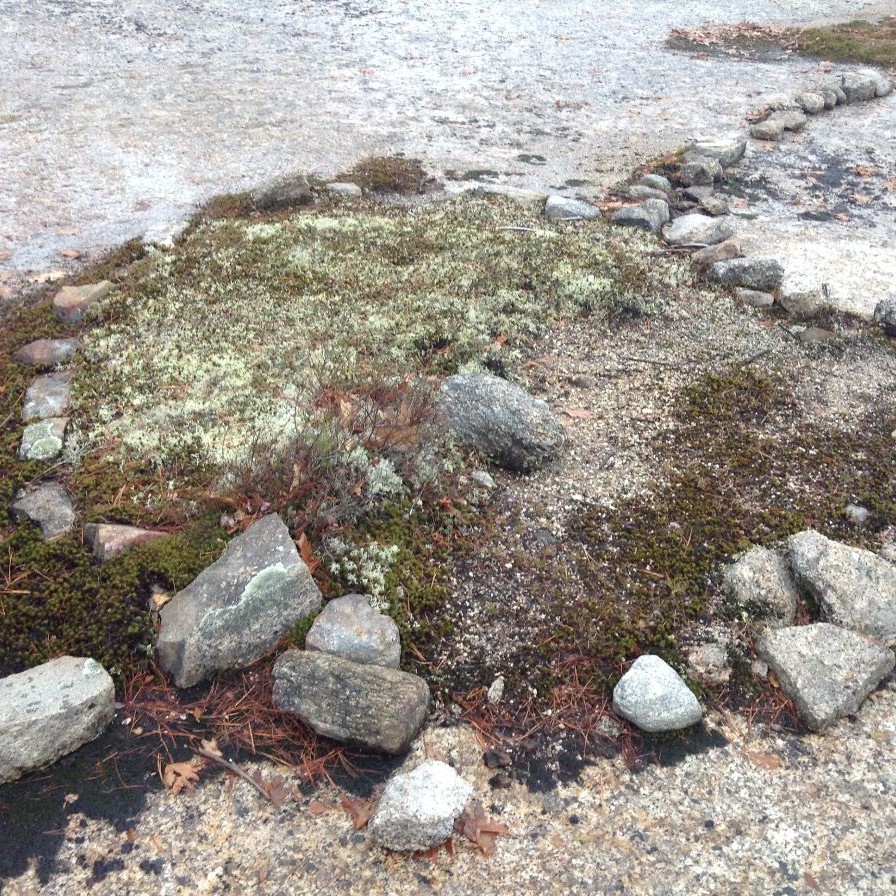
Preparation for the PromptPrompt #32—Lisa Fishman

Collage Your Own Writing PromptPrompt #31—Helen Hofling
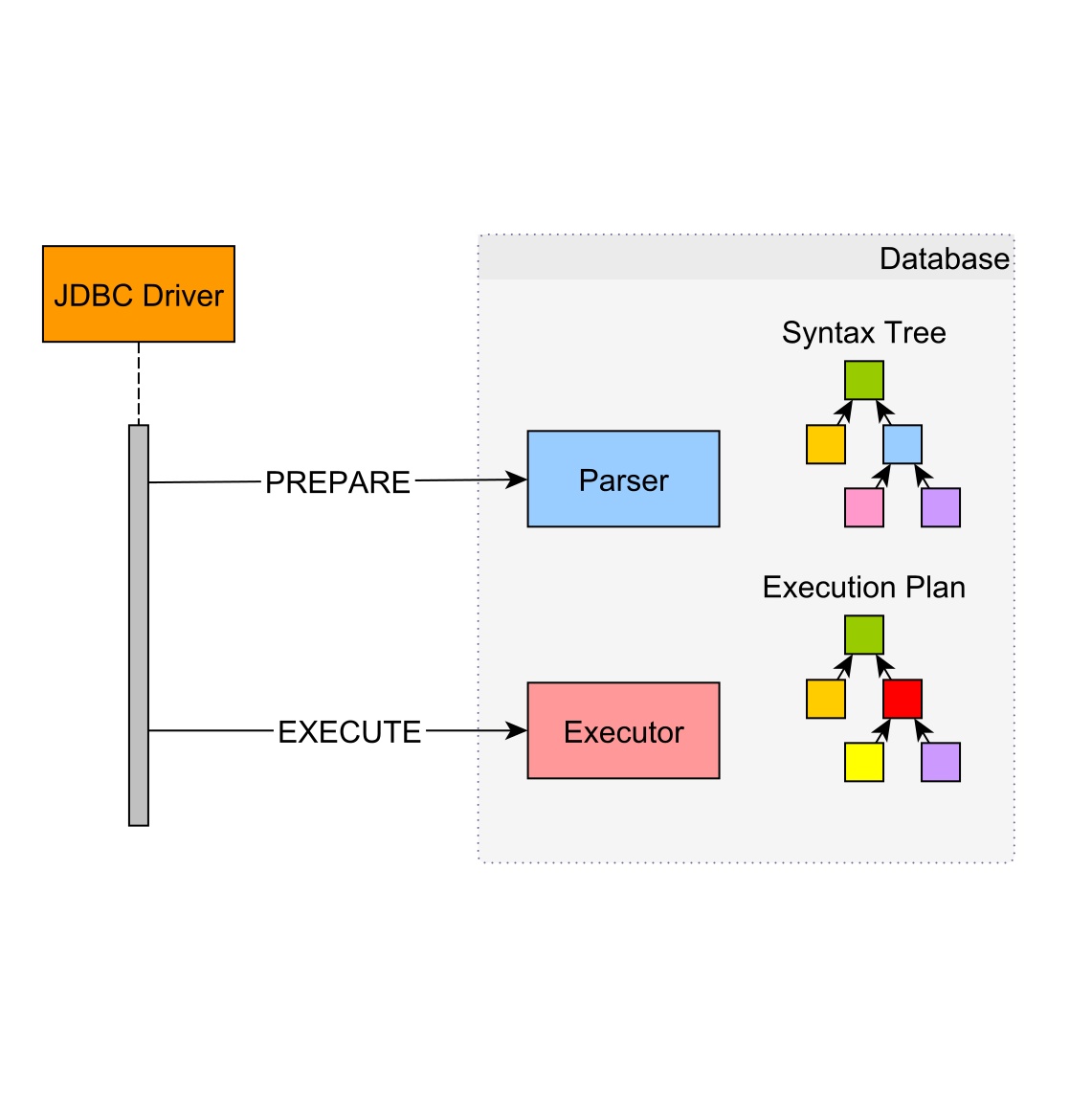
Prepared StatementPrompt #30—Mike Hauser

Repeat Repeat WritePrompt #29— Lewis Freedman

Poetic CorrespondencePrompt #28—Eric Baus

EKPHRASIS YOURSELFPrompt #27—Jennifer Nelson
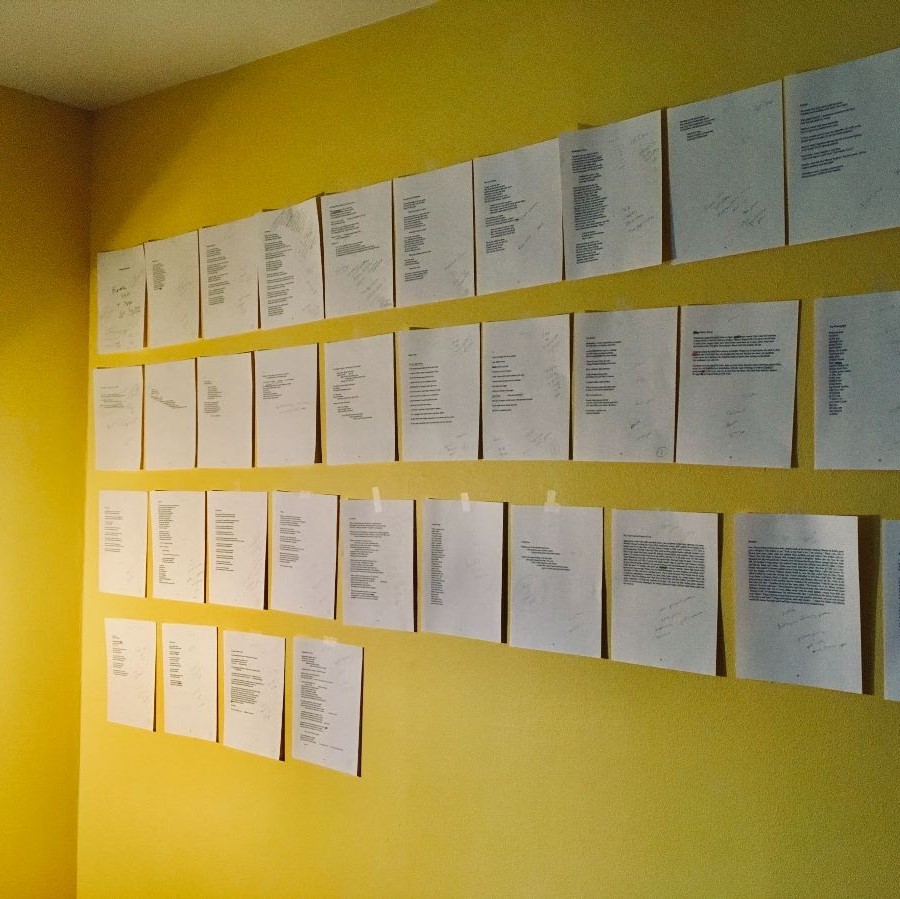
POETRY IS FOR THE PEOPLEPrompt #26—Angela Trudell Vasquez
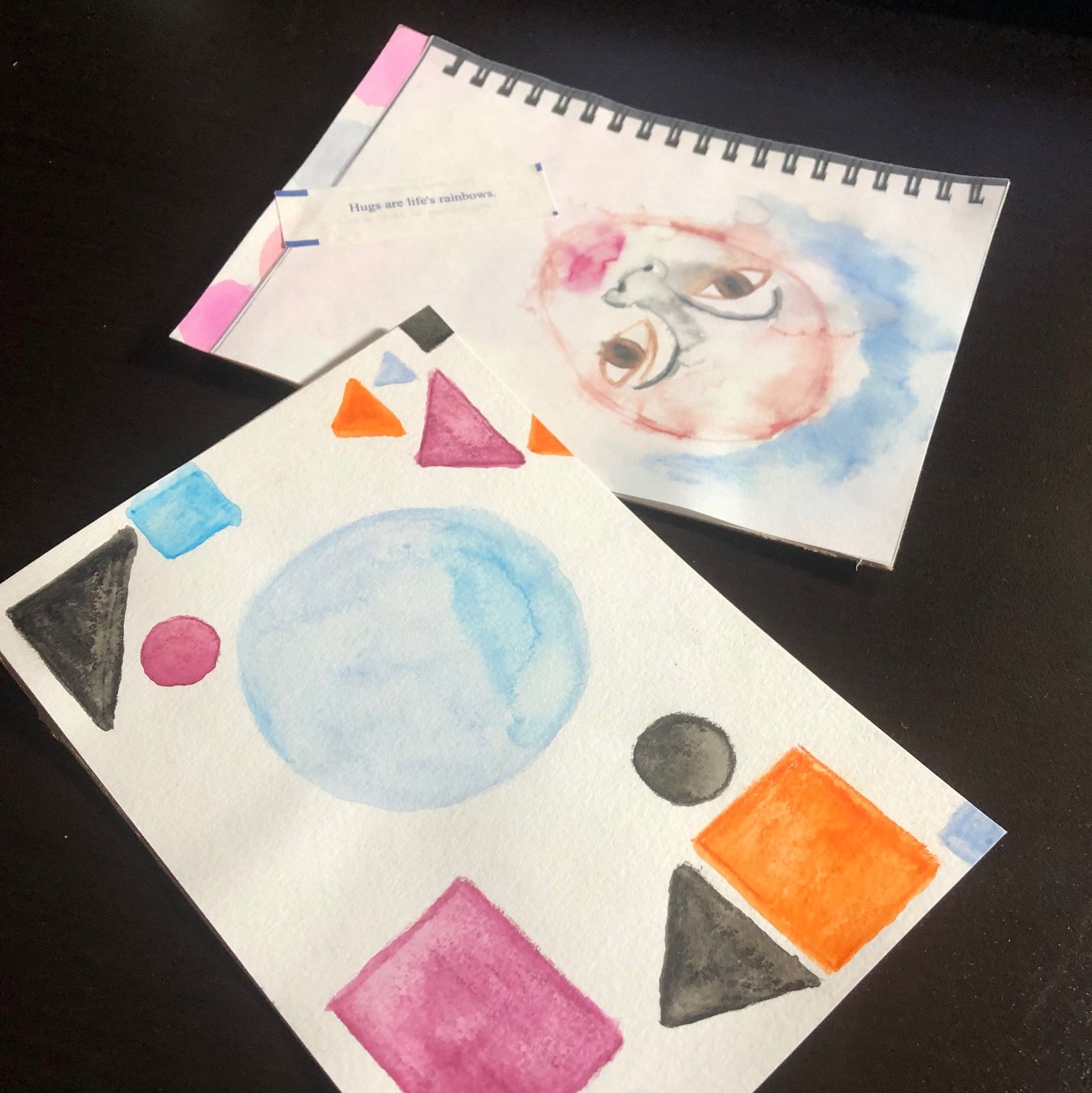
MAIL ARTPrompt #25—Siwar Masannat
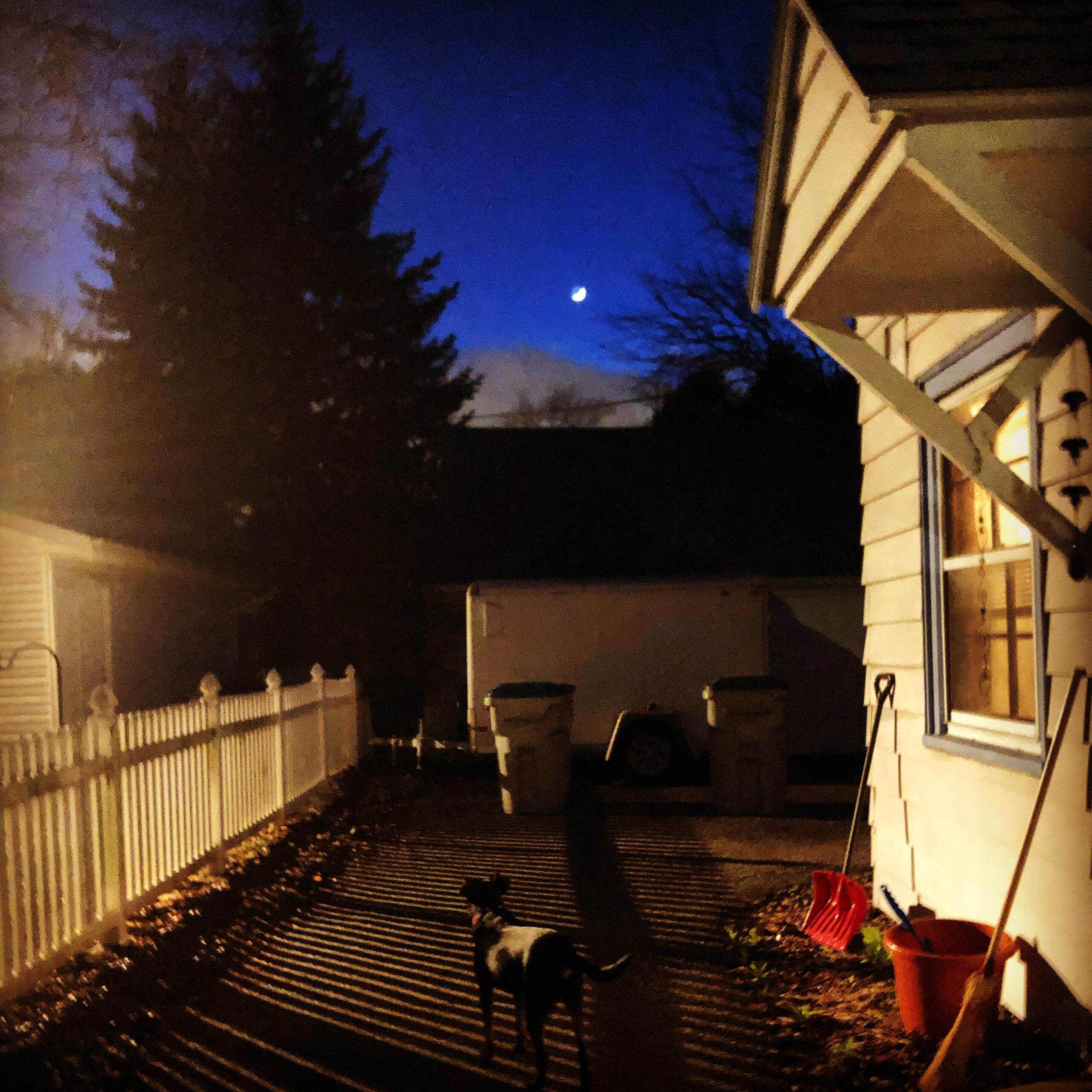
VISUAL POSTCARDSPrompt #24—Portia Cobb
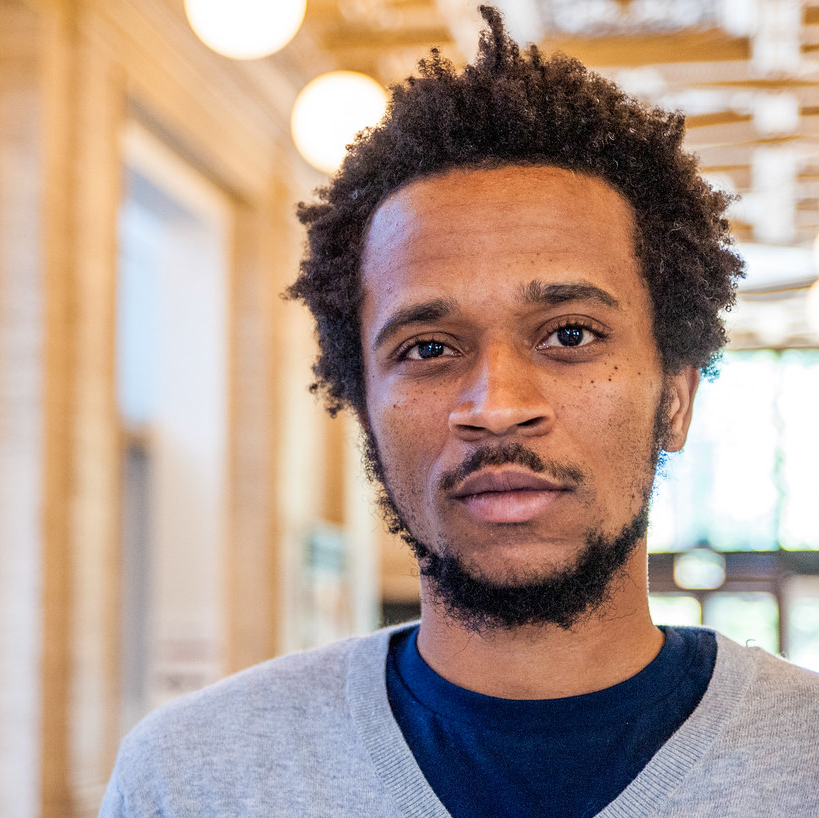
A [LONGER-TERM] DEEP LISTENING PROMPTPrompt #23—Jibade-Khalil Huffman

Humor as Medicine for the SoulPrompt #22—Mauricio Kilwein Guevara

Personification: A Social Justice PromptPrompt #21—Derrick Harriell

Ponge ExercisePrompt #20—Tyrone Williams
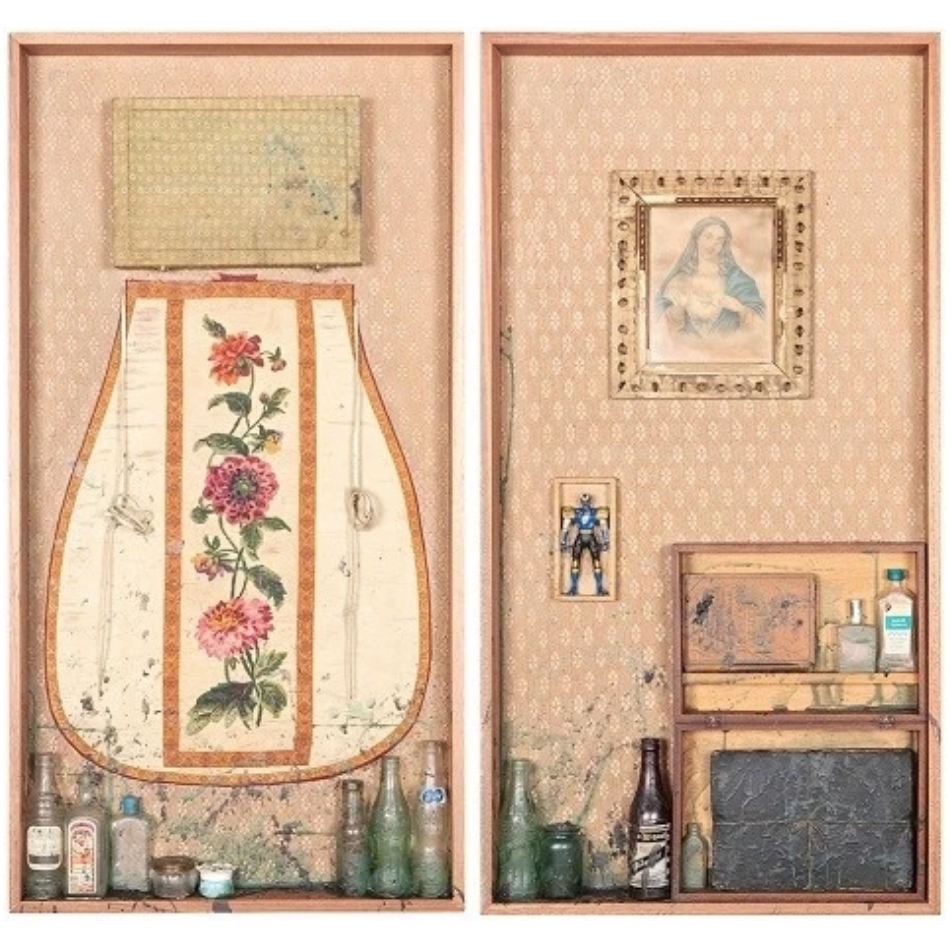
Occult DocupoesisPrompt #19—Kimberly Alidio
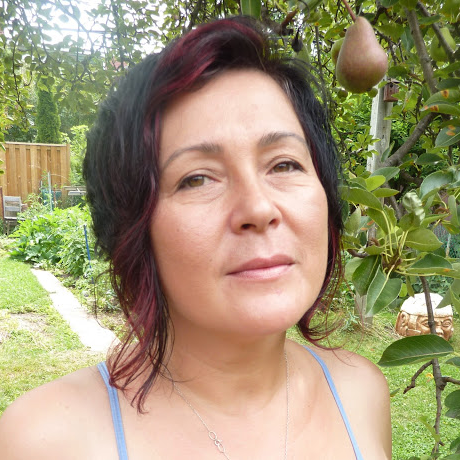
Junk Drawer SongPrompt #18—Hoa Nguyen

TALK TO THE POETSPrompt #17—Stacy Szymaszek
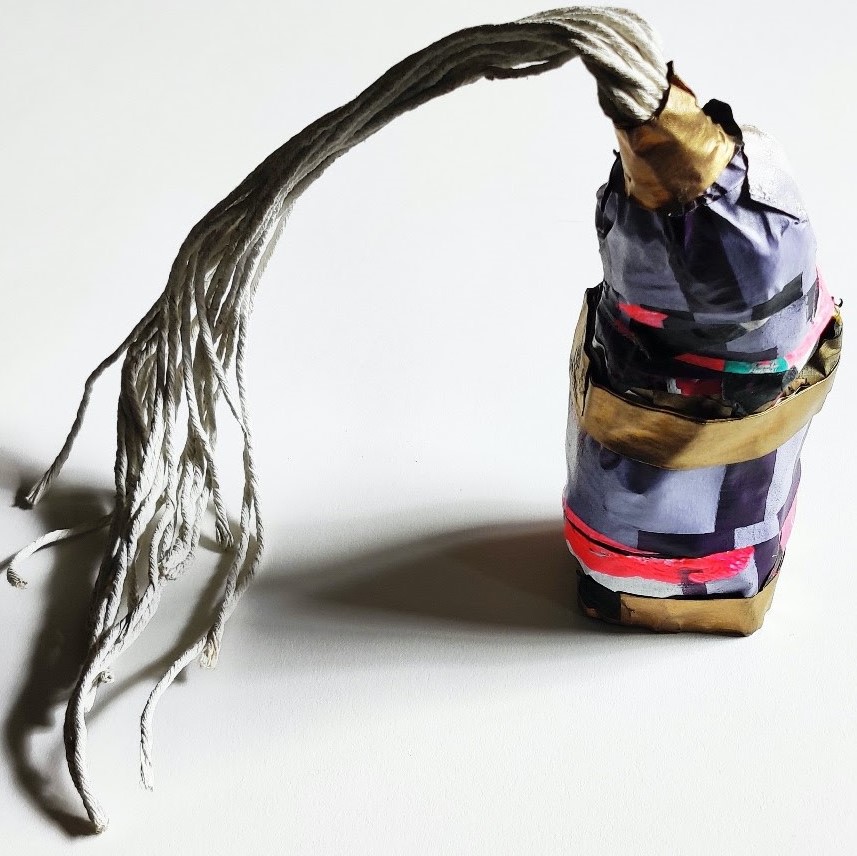
Make-Do Origin Stories & Concrete FuturesPrompt #16—Ching-In Chen

The Family PhotographPrompt #15—Rosa Alcalá
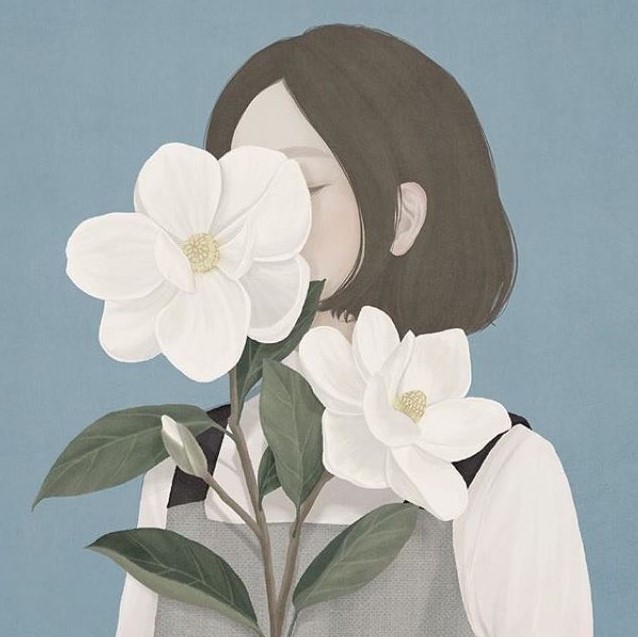
Writing Advice for Your Younger SelfPrompt #14—E.J. Koh
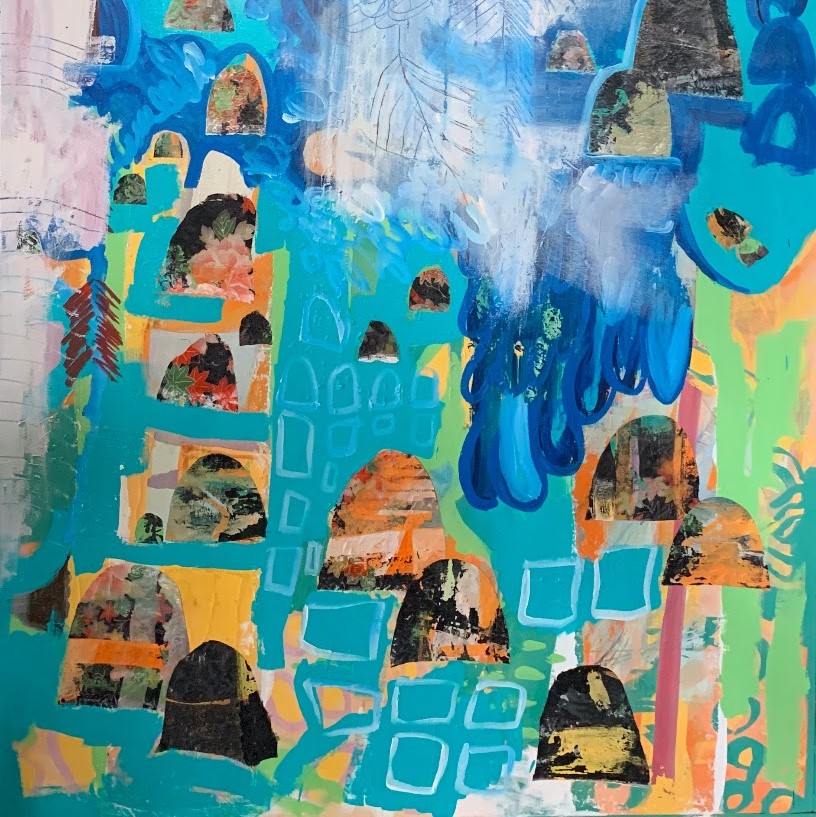
Note(s) to SelfPrompt #13—Stacy Blint
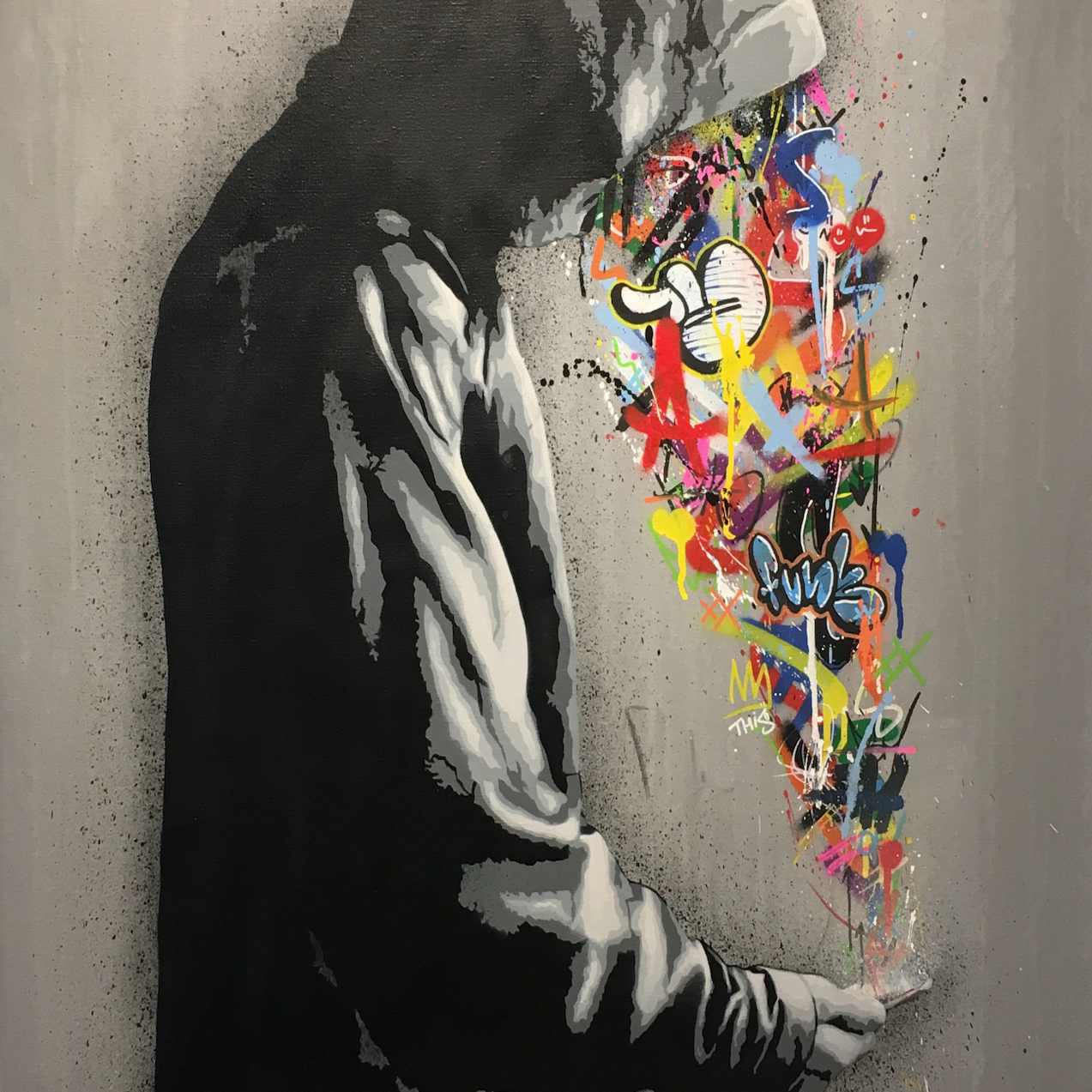
Embracing ConfusionPrompt #12—Bryon Cherry
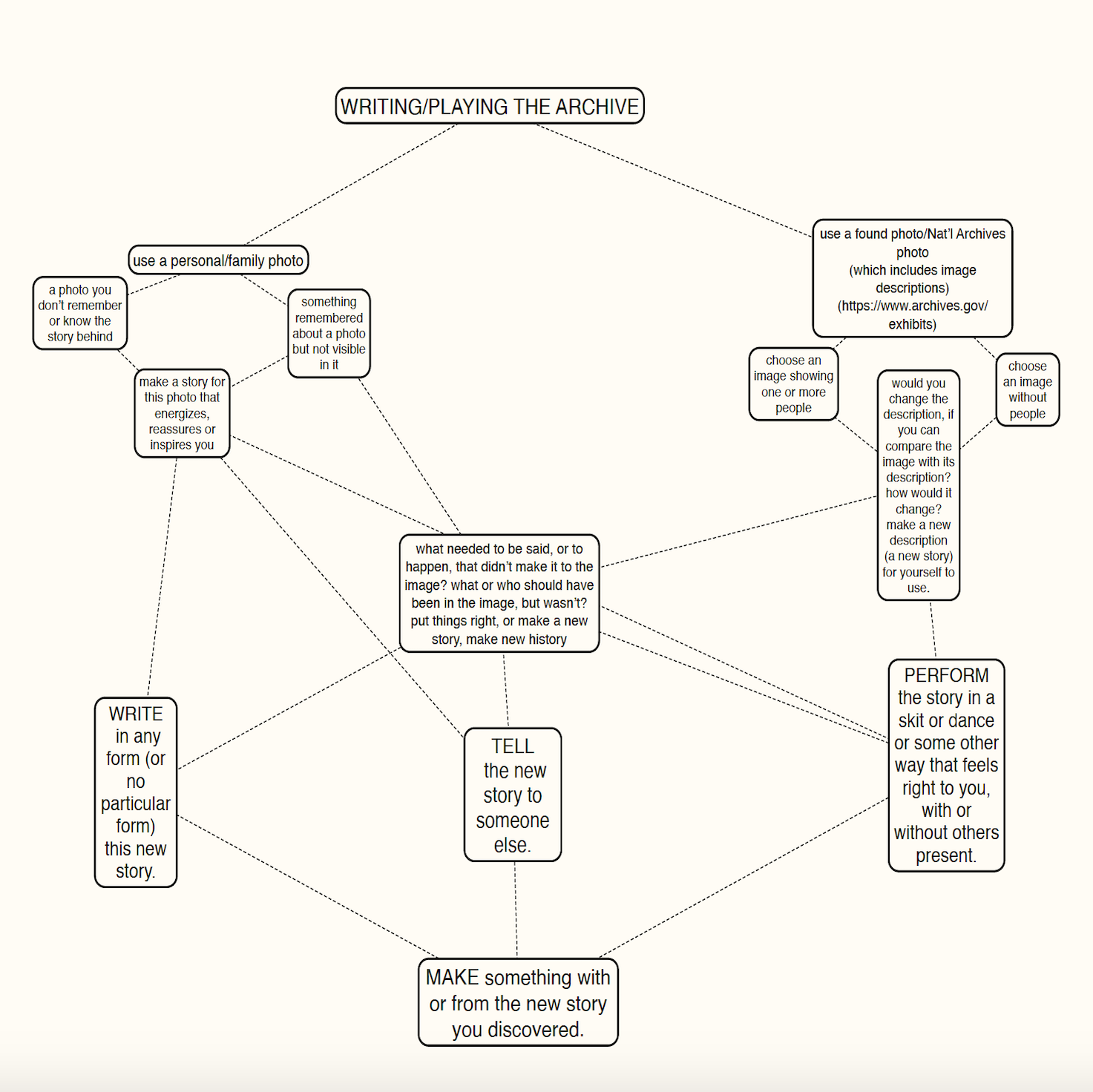
Writing/Playing the ArchivePrompt #11—Jay Besemer

CAPTURED & FREEDPrompt #10—Dasha Kelly Hamilton
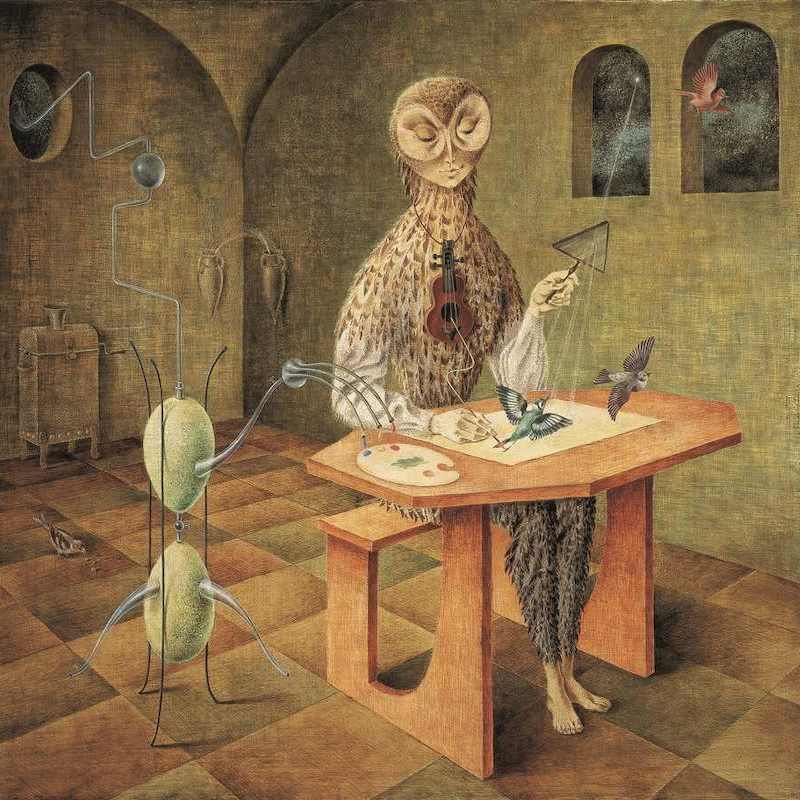
Poetic Exit StrategiesPrompt #9—Ana Božičević

Proyecto ConbífPrompt #8—Erick "CK" Ledesma
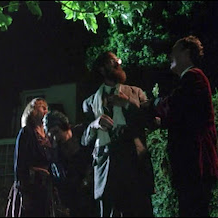
TRILOGYPrompt #6—CA Conrad

Utopian CompromisePrompt #7—Paul Druecke

A Series of RoomsPrompt #5—Laura Solomon
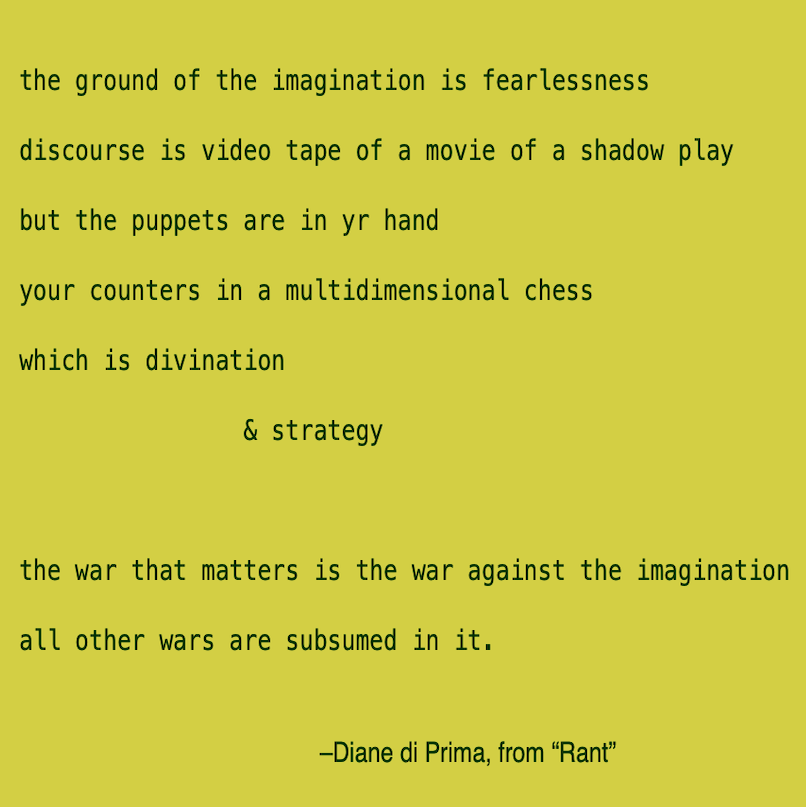
Two Variations on N+7Prompt #4—Jenny Gropp

T H E A P A R T / TOGETHERPOEMPrompt #3—Margaret Rozga
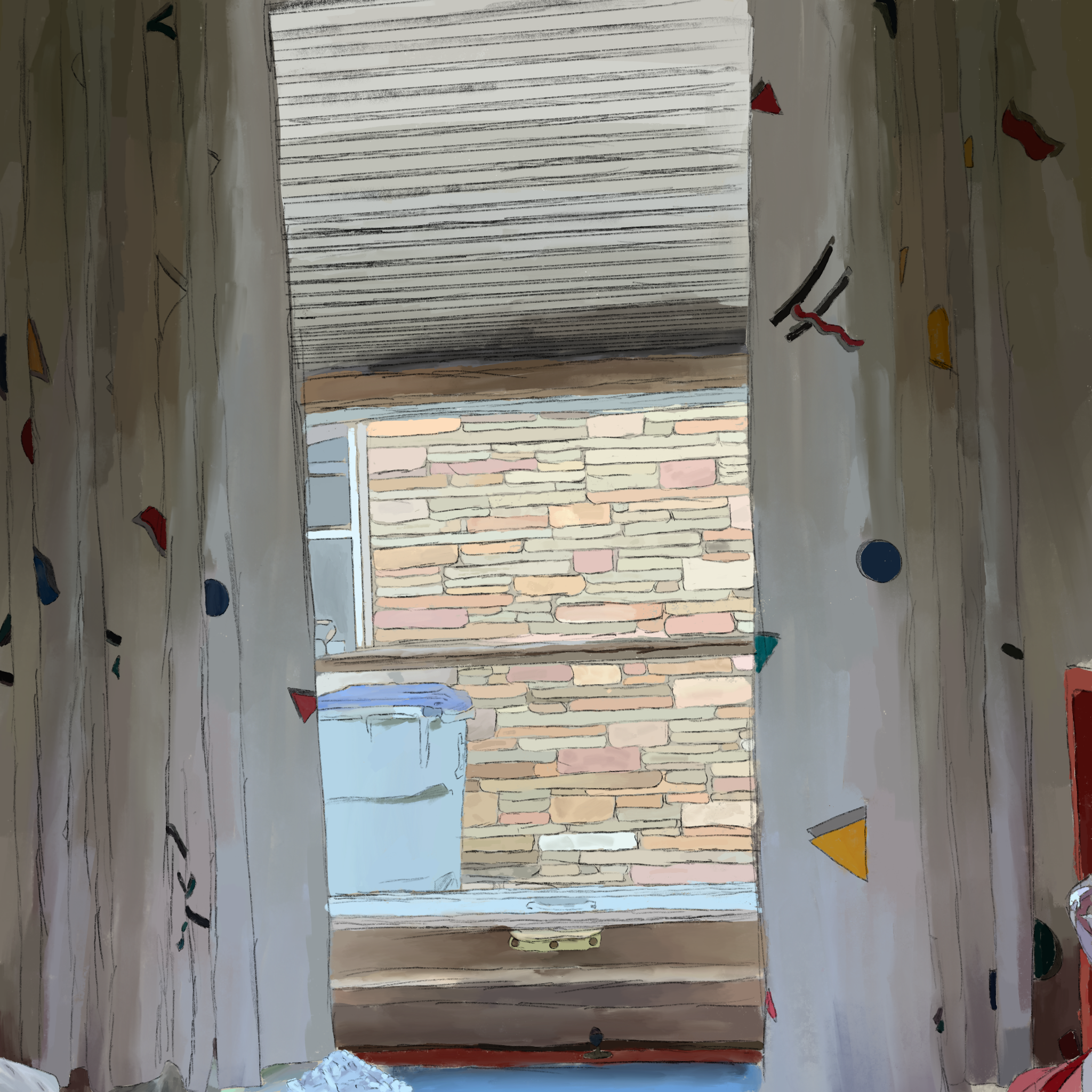
An Exercise in WindowsPrompt #2—Marla Sanvick
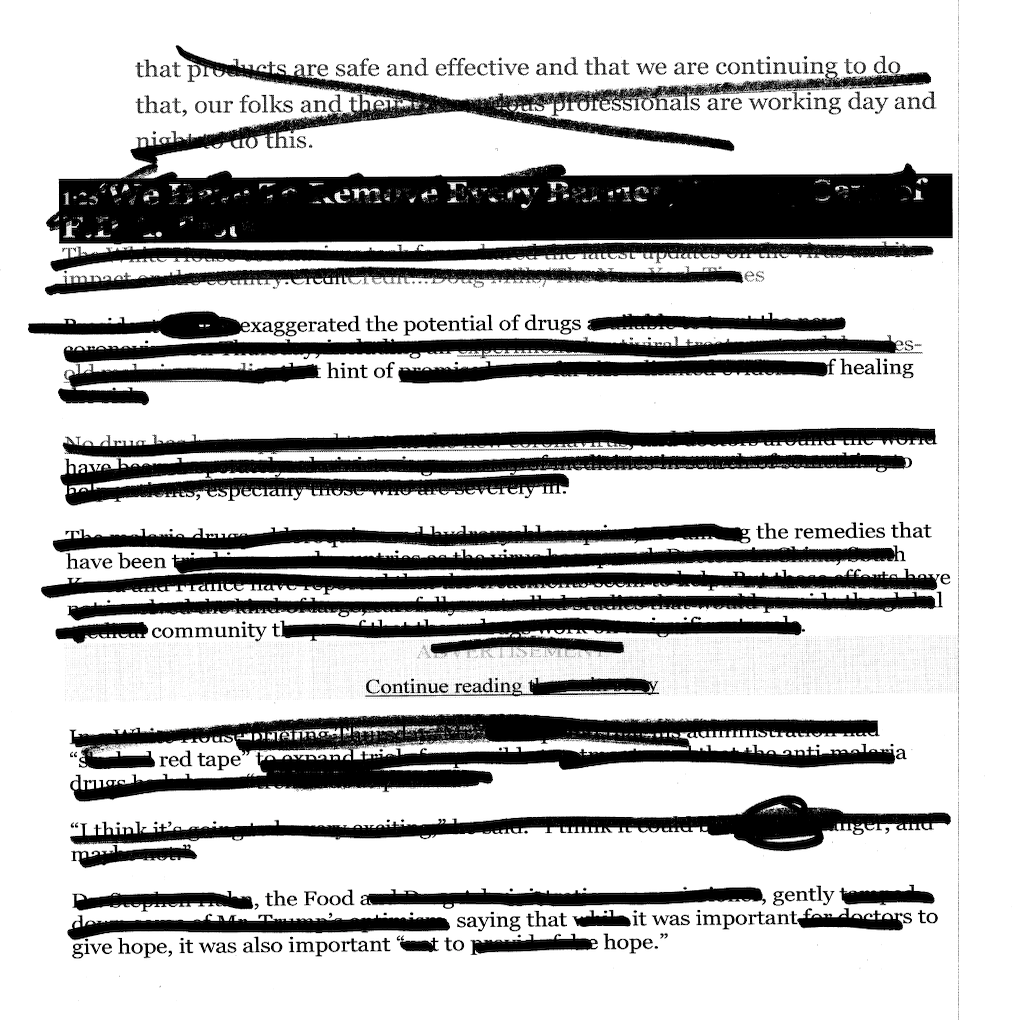
Erasuring AnxietyPrompt #1—Peter Burzynski
We acknowledge that in Milwaukee we live and work on traditional Potawatomi, Ho-Chunk, and Menominee homelands along the southwest shores of Michigami, part of North America’s largest system of freshwater lakes, where the Milwaukee, Menominee, and Kinnickinnic rivers meet and the people of Wisconsin’s sovereign Anishinaabe, Ho-Chunk, Menominee, Oneida, and Mohican nations remain present.
We further acknowledge the grave evil colonialism introduced to these lands through genocide as well as slavery, and also via racist and xenophobic beliefs, laws, and practices that continue to inflict harm upon Black, brown, and Indigenous lives. We honor those who have lived—and do live, now—at these intersections of identity and experience, and are committed to the active dismantling of white supremacy.
720 E. Locust Street
Milwaukee, WI 53212
Phone: 414 263 5001
Hours: Tues–Sun | 12-7 pm
Closed Mon
Building Accessibility: Despite the age of our physical location, and attendant limitations to access, Woodland Pattern is committed to making its programs and facilities available for as many as possible. Please call for more information.
Events Accessibility: Woodland Pattern is able to offer captioning services for its online events and with advanced notice can provide ASL interpretation for live events. Please contact us with accommodation requests and questions.
© Woodland Pattern 2025
